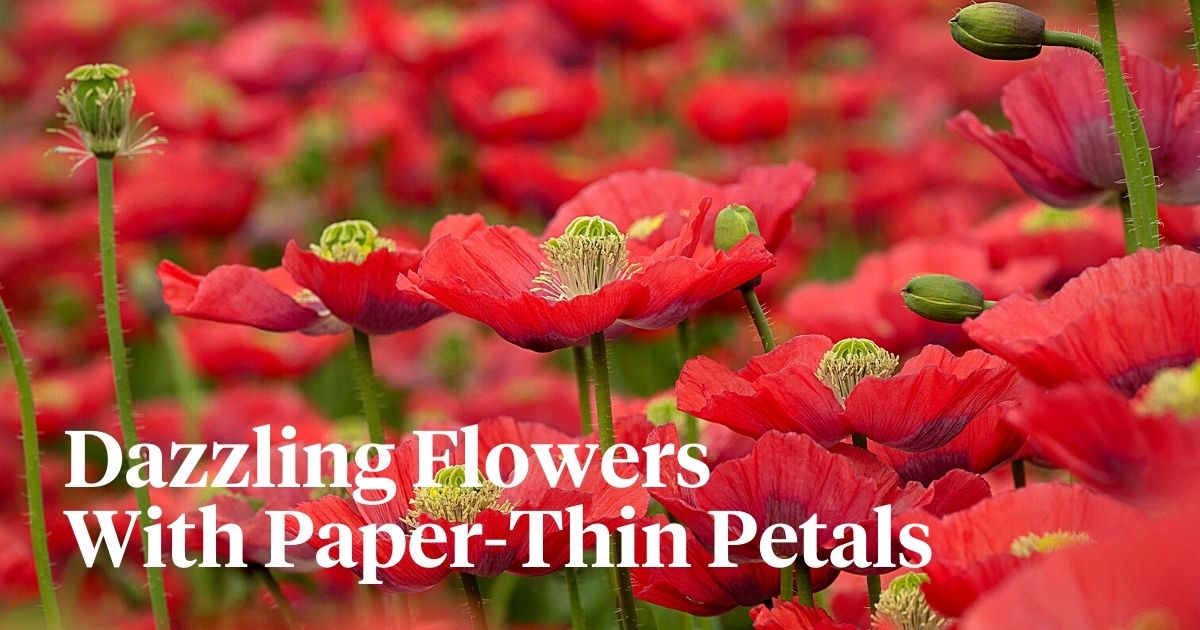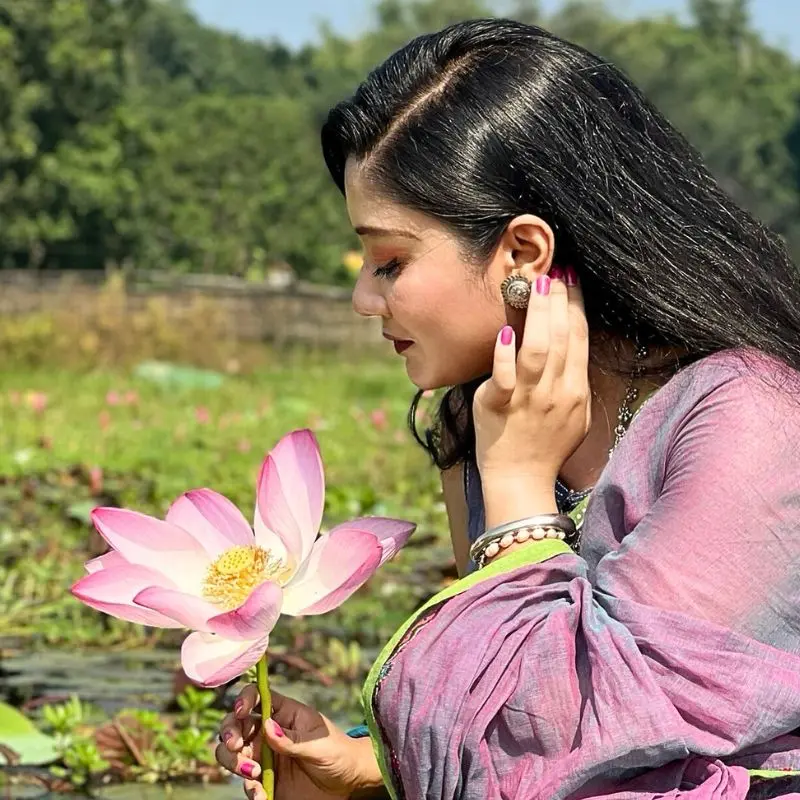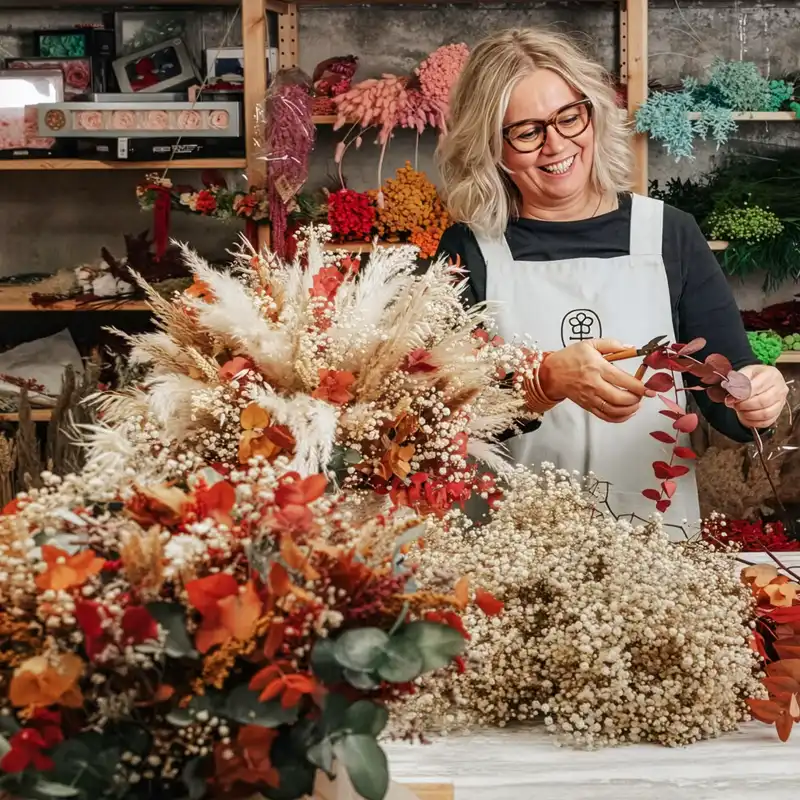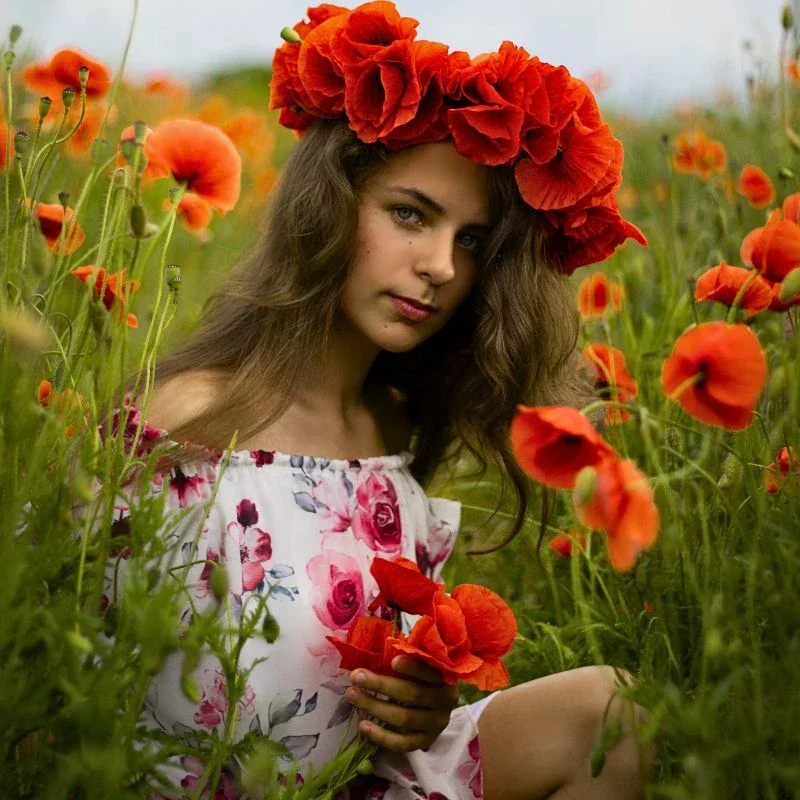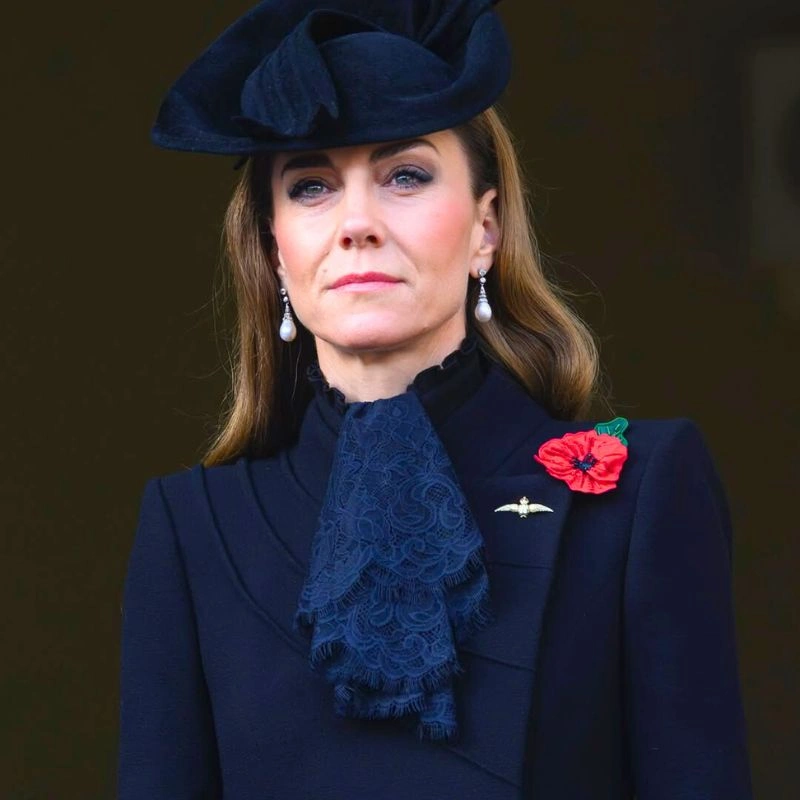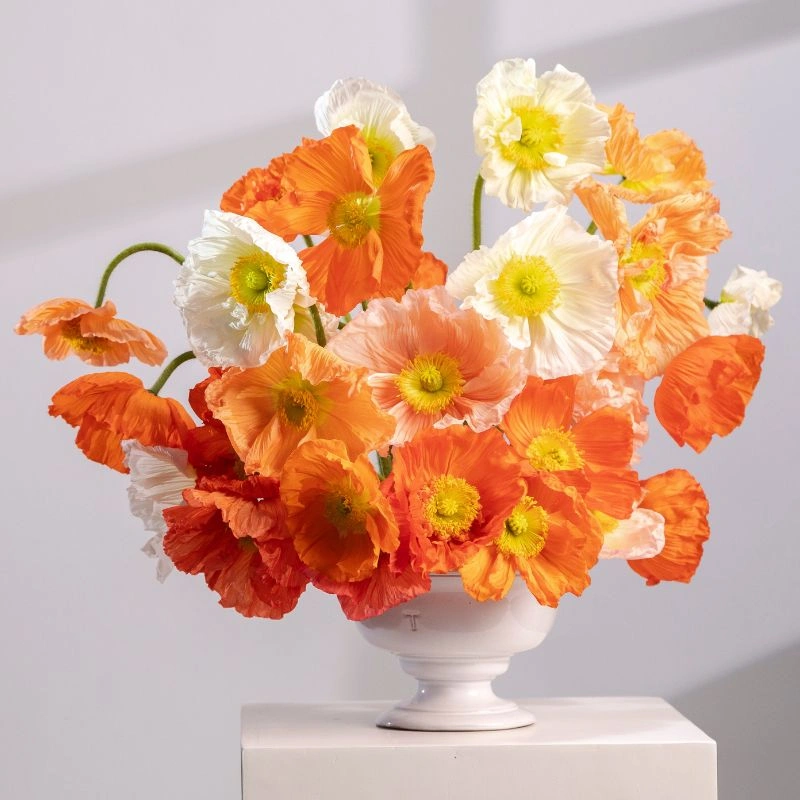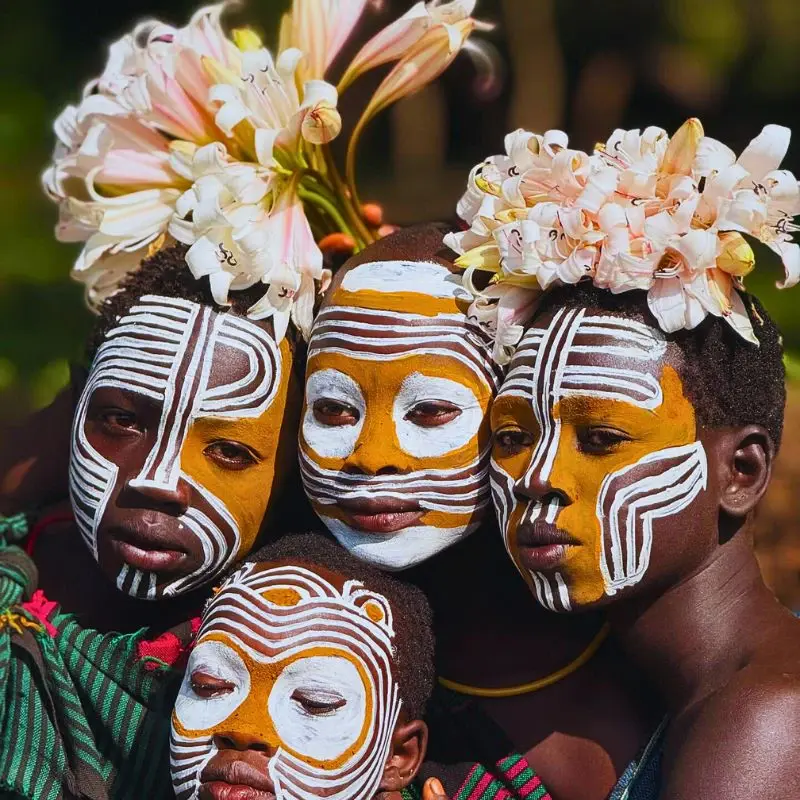Specialized niche flower grower Maurits Keppel is about to bring his freshly harvested poppies to the market, and he thinks you might want to be informed of that...
With its delicate yet striking blooms, the poppy is perhaps one of the most entrancing and visually arresting flowers in the natural world. And Utrecht-based summerflower grower Maurits Keppel knows this just too well, going by the enthusiasm he has for this unique flower.
An herbaceous plant belonging to the Papaveraceae family, the poppy has long held a revered place in the depths of botanical history. With its rich symbolism and significance, the poppy has long enchanted the hearts of many and intrigued the minds of artists, poets, and nature enthusiasts.
The Beautifully Blooming Poppy Flower
The poppy, says Maurits, is sown in the autumn. And without heating or lighting, it remains a truly sustainable flower.
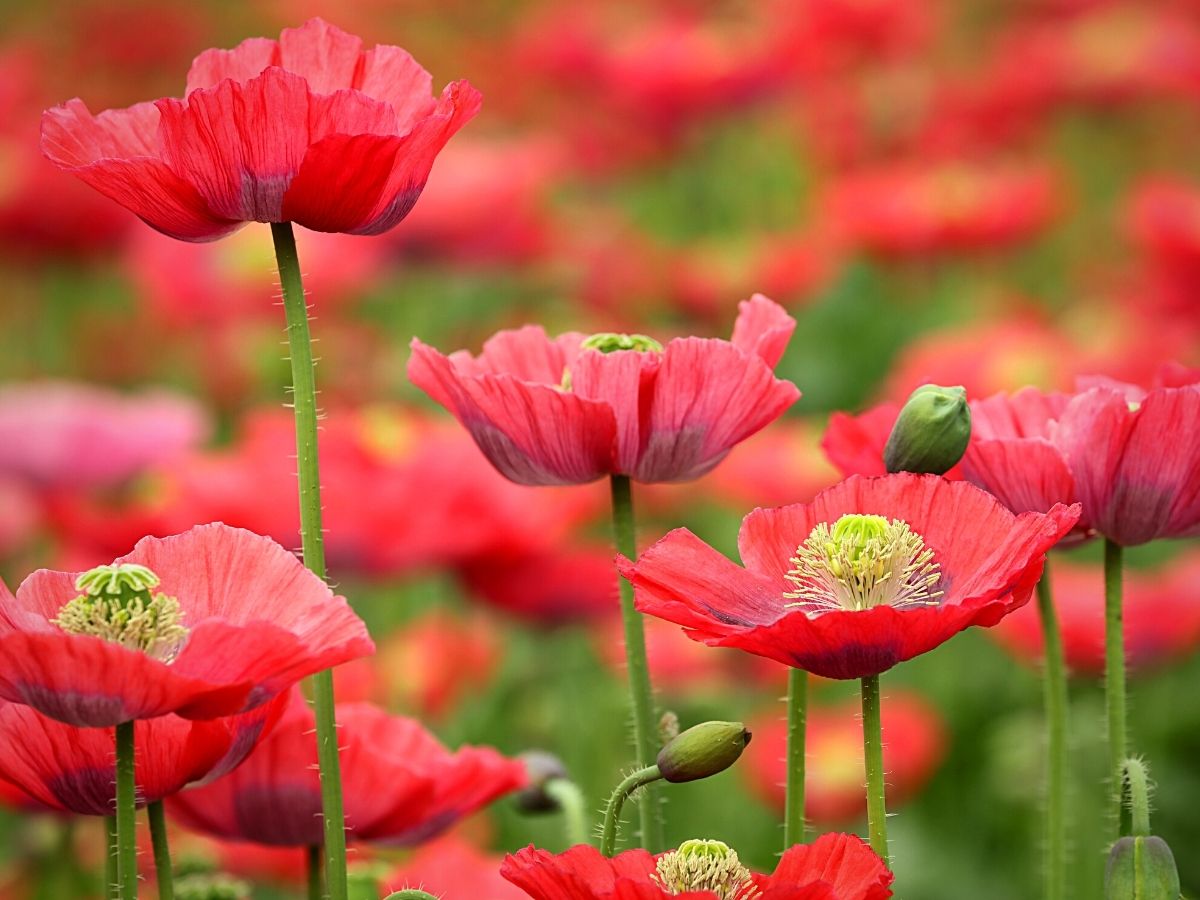
An expert in producing these flowers, Maurits has been sustainably growing them, as well as other floral products, ensuring that they attain their best shelf life. This is his ultimate goal, as through it, he demonstrates his craftsmanship to his loyal customer base.
Maurits:
“I only cut poppies for the flower. These flowers must be cut every day to reach the correct ripeness stage. When the flower hangs down and the poppy plant has developed the stamens and petals in the flower, they can be cut.”
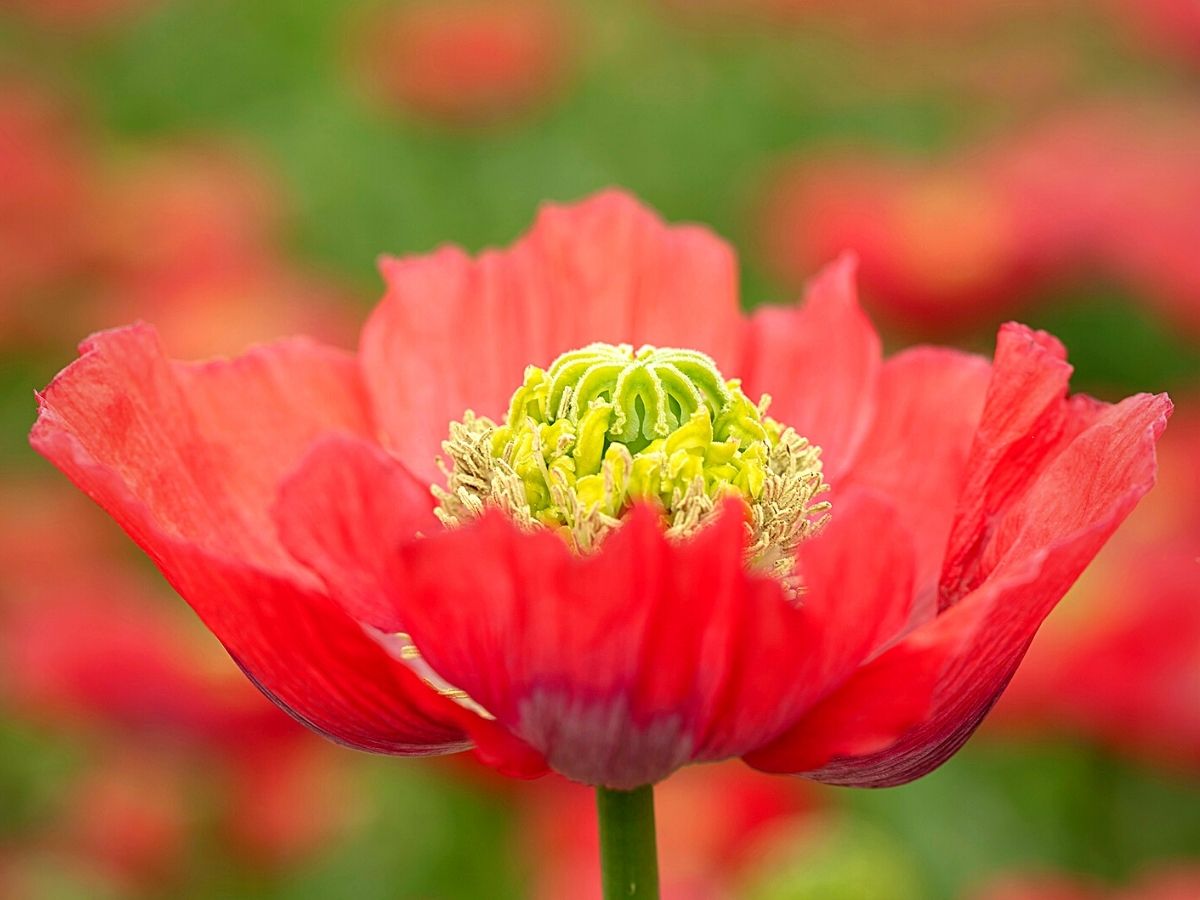
Maurits' expertise extends beyond the mere cultivation of poppies; he also understands their unique qualities and how to best highlight them in vases and other floral arrangements.
The poppy, he explains, blooms very beautifully and slowly in the vase, and in the evening the flower collapses again, hence its Dutch name, poppy. It, basically, expands in the morning for several days in a row and collapses in the evening. It remains open and slowly starts to drop its flower leaves and stamens, then a seed pod remains. It is often used in the form of dried flowers.

Maurits:
“Because of the heavy, strong stems, it is very good to use in the natural picking bouquet. The poppy is a flower that lives in a bouquet. And because of the soft color, it is very beautiful in the spring.
The flower can have a diameter of 15-20 cm. In primary school, poppies are always imitated from crap paper during crafts, because of their impressive appearance.”
The flower's perfect qualities, practically, make it an indispensable addition to any floral designer's toolkit.
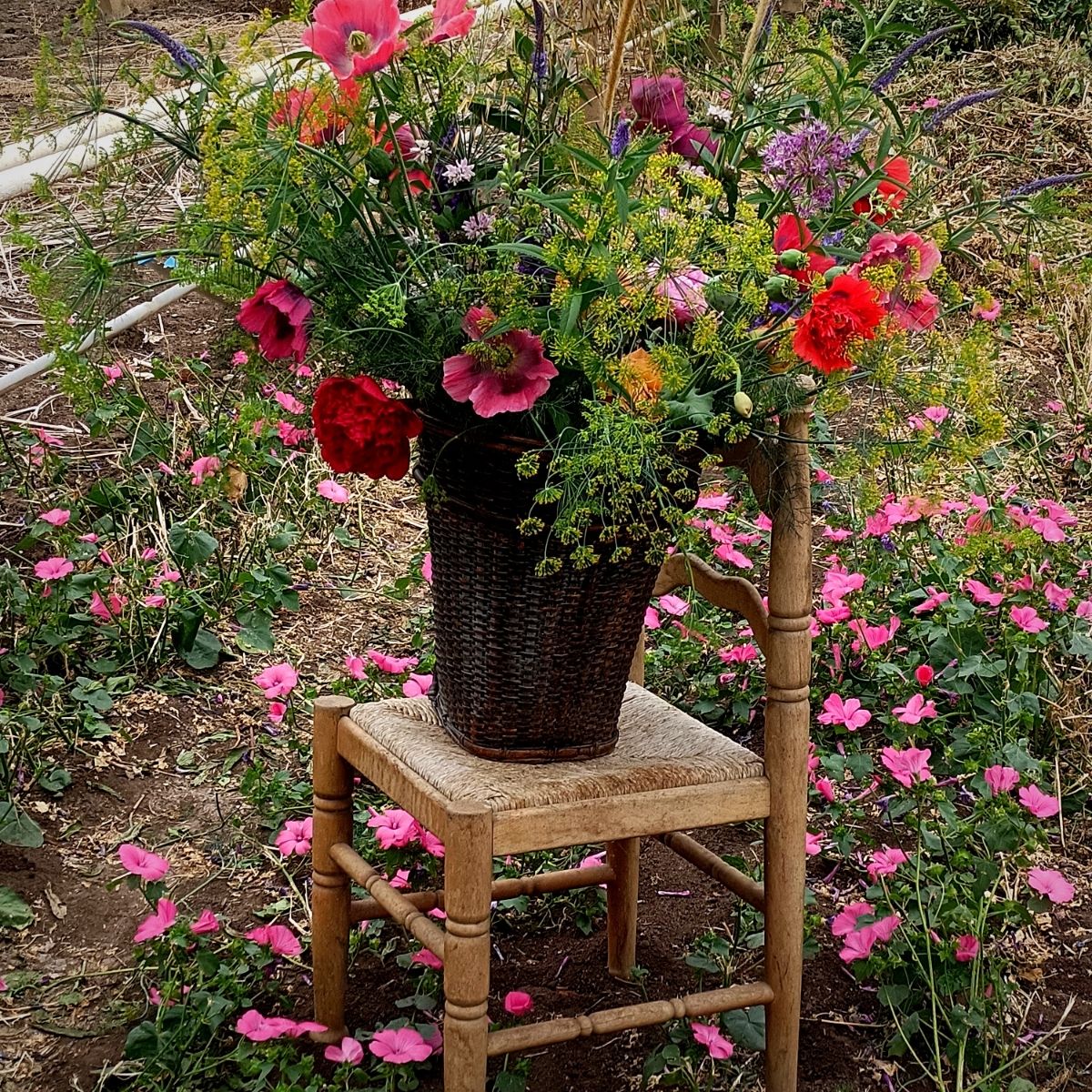
What is, however, very important, according to him, is to change the water — especially when put in vases or bouquets — because milk is released when cutting, and when it dries, it constricts the cells at the cutting surface. As a result, the flower does not get enough water.
Maurits:
“If this happens, cut it again, and clean the fresh wound thoroughly. It will 'stand up’ perfectly very quickly.”
The Poppy Flower’s Aesthetic Appeal
The poppy is quite an enchanting flower. From the very onset, its sheer aesthetic appeal is impossible to ignore. The flower's broad, paper-thin petals, often adorned with a rich array of hues ranging from the deepest crimsons to the palest pinks, simply bedazzle.
The flower often creates a display that is both delicate and, at the same time, commanding. The gentle, almost ephemeral quality of the petals, juxtaposed with the robust, almost sculptural form of the flower's center, always brings out a kind of visual contrast that is both harmonious and arresting.
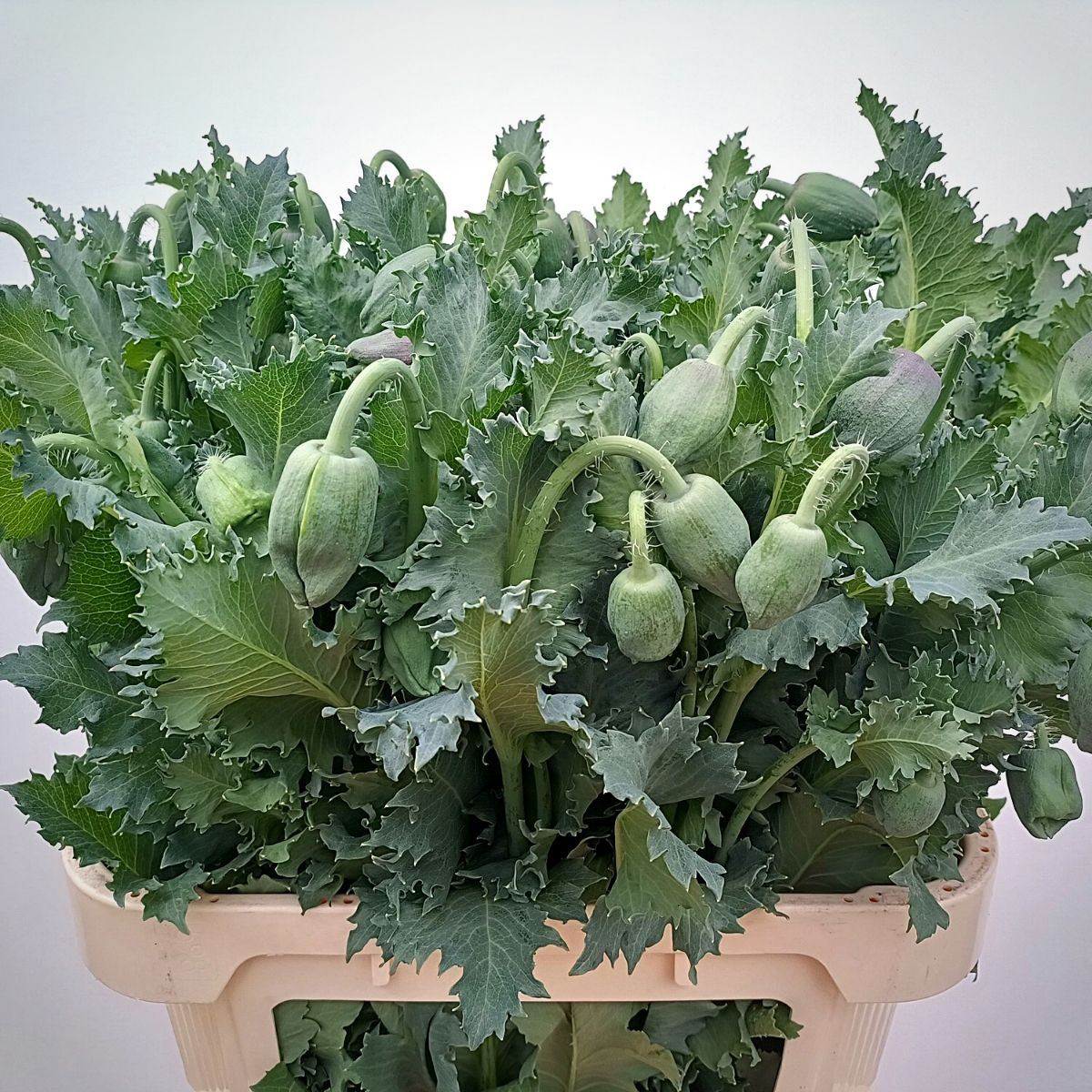
Yet, the poppy's allure extends far beyond its physical beauty. All through history, this iconic bloom has been permeated with a richness of symbolism and significance; representing everything from eternal sleep and oblivion to the ephemeral nature of life itself.
In ancient Greek mythology, the poppy was closely associated with the god of sleep, Morpheus, while in more contemporary settings, the flower has become a symbol of reminiscence and respect for those who have fallen in the course of service for their countries.
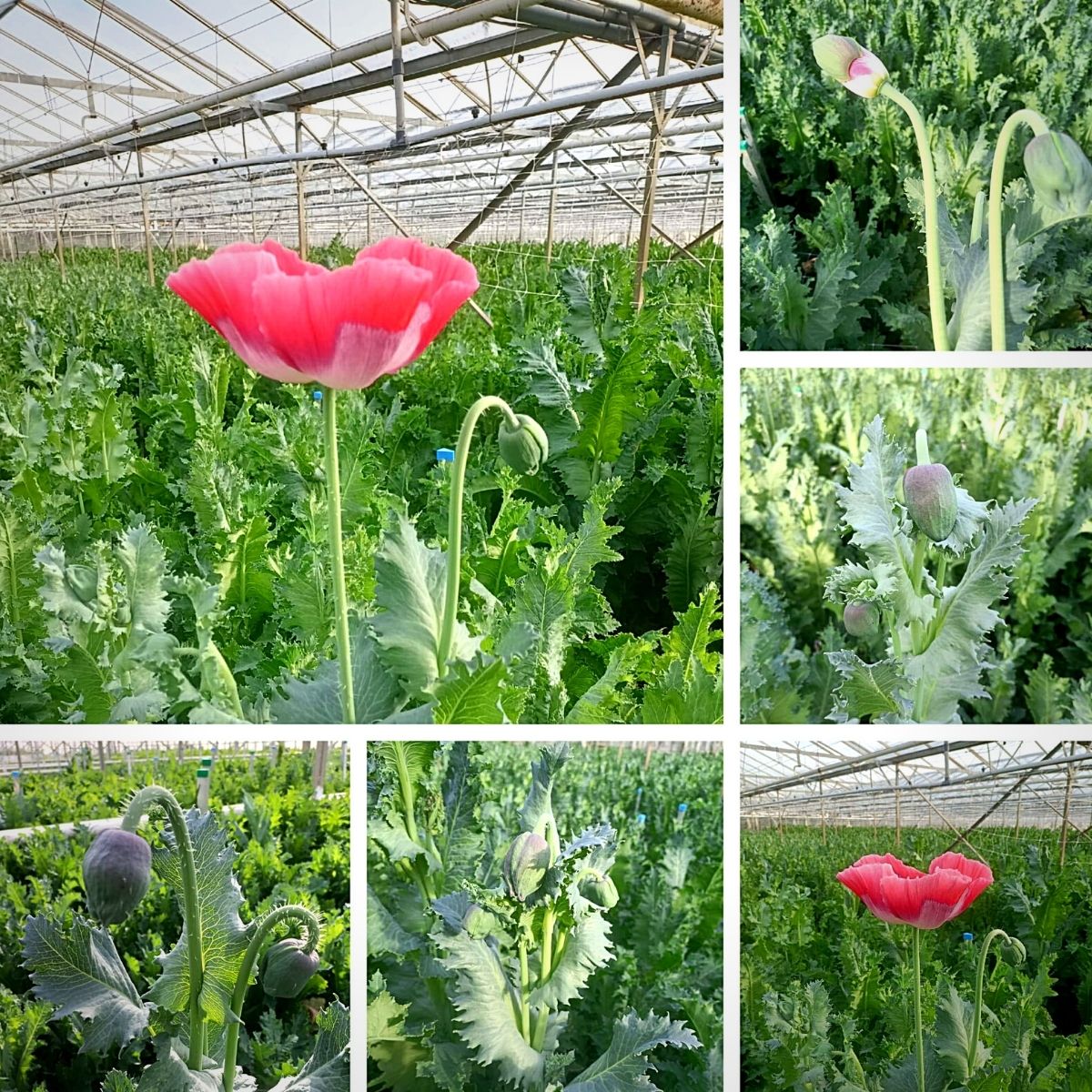
Ultimately, however, the appeal of the poppy flower lies in its ability to intrigue the senses and stir the mind's eye through its incredible visual splendor, and reverence for its symbolic resonance.
All photos courtesy of Maurits Keppel.

